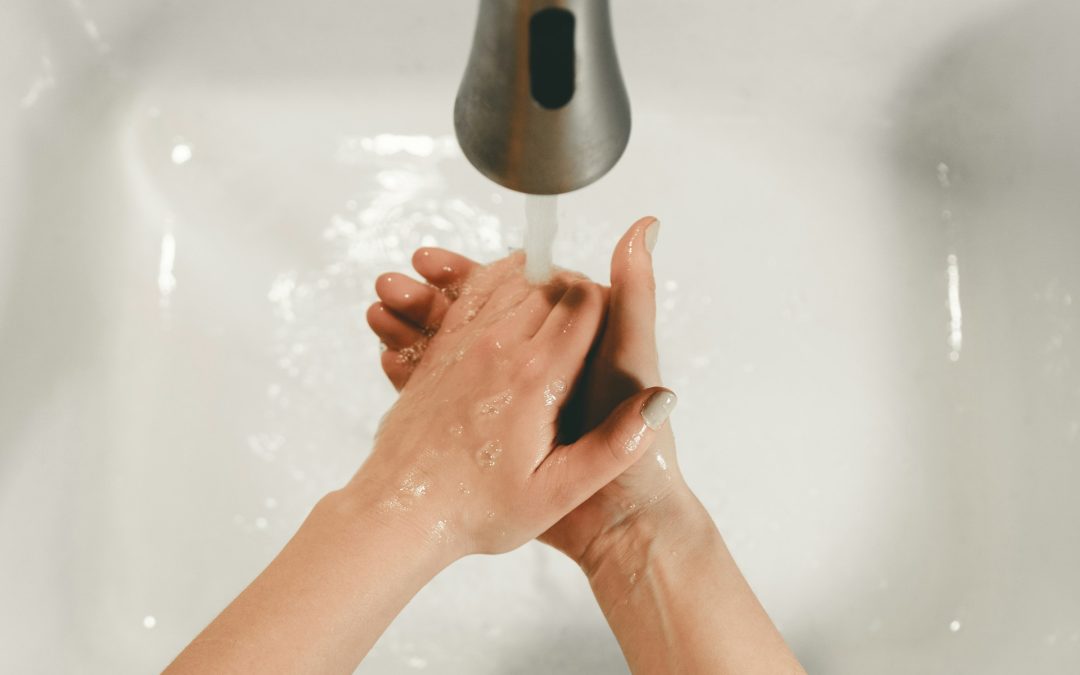Water pressure is crucial for the smooth operation of any commercial building. Proper water flow affects everything from restrooms and kitchens to HVAC systems and fire sprinklers. If the water pressure is too high or too low, it can lead to various problems that disrupt daily activities and incur additional costs.
In a commercial setting, water pressure issues can stem from multiple sources. Whether it’s old plumbing, frequent leaks, or blockages, understanding the root of these issues is key to maintaining a functional building. We will explore these common causes and offer practical solutions to fix them.
Understanding the signs of water pressure problems is also essential. Building managers and tenants should be aware of indicators like slow water flow or unusual noises in the pipes. Stay informed so you can take action before small issues turn into major repairs. By identifying these signs early and implementing preventive measures, you can ensure a reliable water supply for your commercial space year-round.
1. What Causes Water Pressure Issues in Commercial Buildings?
Water pressure issues in commercial buildings can arise from various factors. One common cause is aging or corroded pipes. Over time, pipes can deteriorate, leading to reduced water flow and pressure. Mineral deposits and sediment buildup inside pipes can further restrict water flow, causing noticeable drops in pressure. Additionally, leaks in the plumbing system can both waste water and result in lower water pressure.
Another potential cause is issues with the water supply. If the municipal water supply to the building is inconsistent or low, it will directly affect the pressure. Sometimes, the design of the plumbing system itself can be a factor. For example, if the pipes are too small for the building’s water demand, it can lead to inadequate pressure, especially during peak usage times. Finally, pressure regulator malfunctions can also cause water pressure fluctuations, either making it too low or too high, both of which are problematic.
2. Signs Your Commercial Building Has Water Pressure Problems
Recognizing signs that your commercial building has water pressure problems is crucial to address any issues promptly. One clear sign is a noticeable drop in water flow from faucets and fixtures. If water is just trickling out or if different floors in the building have inconsistent pressure, it can indicate a problem. Additionally, strange noises like banging or hissing in the pipes can also be an early warning sign of pressure issues.
There are other more subtle indications as well. For instance, if appliances like dishwashers or washing machines take longer than usual to complete cycles, it could be due to low water pressure. Similarly, if tenants or employees report sudden changes in water temperature while using showers or sinks, it might result from inconsistent pressure affecting the water heater. Keeping an eye out for these signs can help you identify and address water pressure issues before they become serious problems.
3. Solutions to Fix Water Pressure Issues
When you identify water pressure issues, it’s important to know how to fix them. One solution is to clean or replace clogged pipes. Over time, mineral buildup can narrow the pipes, causing low pressure. Professional plumbers can use specialized tools to clean the pipes or replace severely clogged sections. Another solution is to fix any leaks in the system. Even small leaks can significantly reduce water pressure. Plumbers can detect and repair leaks, restoring proper pressure.
Installing a pressure booster pump can also help. If the water supply doesn’t provide enough pressure, a booster pump can increase the pressure to a desired level. Additionally, if the pressure regulator is faulty, replacing it can solve the problem. A properly functioning regulator ensures that the water pressure remains consistent and within safe limits. Upgrading to larger pipes in areas of high demand might also be necessary to ensure adequate water flow throughout the building.
4. Preventive Measures to Maintain Consistent Water Pressure
Taking preventive measures can help maintain consistent water pressure in your commercial building. Regular maintenance is key: scheduling routine inspections for your plumbing system can catch potential issues before they become major problems. Plumbers can check for leaks, assess pipe conditions, and ensure that all components are working correctly.
Installing water softeners can prevent mineral buildup in pipes. Hard water can cause calcium deposits that reduce water flow, so a softener system can keep your pipes clear. Additionally, installing pressure regulators can help manage water pressure and prevent fluctuations. Training staff to recognize early signs of pressure issues, like slow water flow or unusual noises, can also lead to quicker resolutions. Keeping a maintenance log can help track inspections and repairs, ensuring your system stays in top condition.
Final Thoughts
Managing water pressure in a commercial building is crucial for operational efficiency and tenant satisfaction. Understanding the causes of pressure issues and recognizing the signs early can prevent major disruptions. Implementing effective solutions such as cleaning pipes, fixing leaks, and installing pressure boosters can resolve existing problems. Additionally, taking preventive measures like regular maintenance, installing water softeners, and training staff can maintain consistent water pressure.
By staying proactive, you can avoid the headaches caused by water pressure problems and ensure a smooth-running plumbing system.
If you’re dealing with water pressure issues or need expert advice, give Plumb Krazy Plumbing a call. We specialize in commercial plumbing solutions and are dedicated to helping you maintain a reliable and efficient plumbing system. Contact us today to schedule an assessment or learn more about our services.

